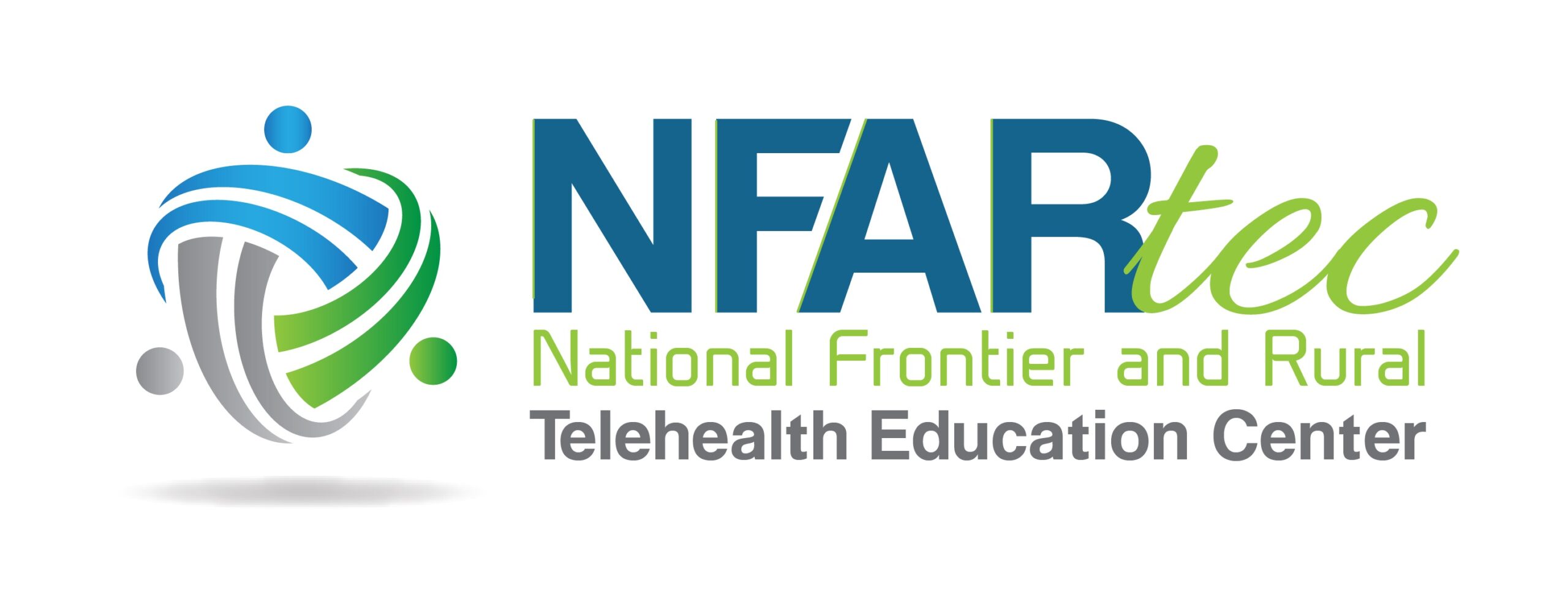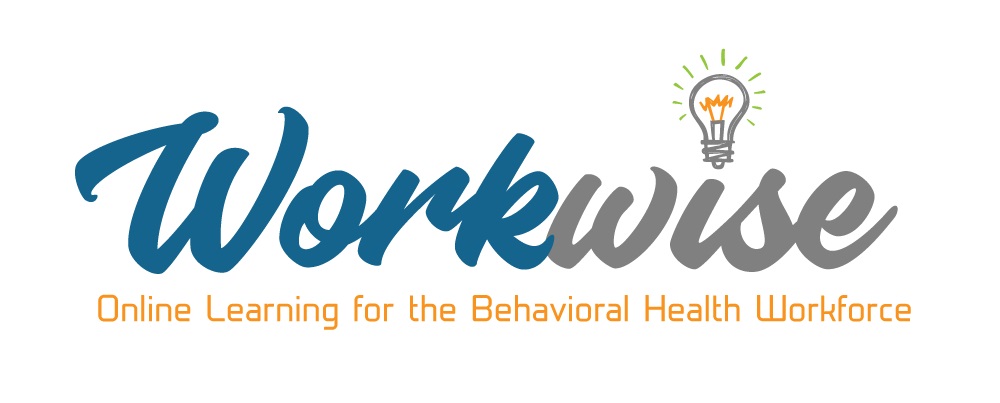February 2018
Behavioral Healthcare in the Digital Age
Joyce Hartje, PhD
Senior Project Manager, Evaluation Research
Wendy Woods, MA
Senior Project Manager
Terra Hamblin, MA, NCC, DCC
Senior Project Manager
University of Nevada, Reno
Center for the Application of Substance Abuse Technologies (CASAT)
 There are a variety of models for the delivery of quality and effective substance use disorder (SUD) treatment and recovery support services in frontier/rural areas. Several themes are emerging from the scientific literature, as well as from rural treatment providers implementing new services, suggesting a trend toward using technology to provide services. Some of these themes include: use of technology and web-based services; offering recovery support services by telephone or web-based portal systems without initial substance use disorder (SUD) treatment services; flexibility in service delivery; integrated care; and Project ECHO-like models. For example, Brown et al. (2016) conducted focus groups with 40 patients regarding barriers to receiving SUD treatment services in rural areas. Barriers identified included: service availability and shortage; transportation; lack of service flexibility; diversity of staff and services; lack of technology; costs; and stigma. Although these results confirmed the problems/barriers to delivering services in rural areas identified in other studies, an important data point in Brown’s study was that 15% of the patients expressed interest in the treatment provider using technology as part of their treatment (e.g., web-based education, support groups, and videoconferencing). Thus, technology-assisted care has the potential to narrow the “access gap” to behavioral health interventions and reduce health disparities in disadvantaged and hard to reach populations (Gibbons et al., 2011).
There are a variety of models for the delivery of quality and effective substance use disorder (SUD) treatment and recovery support services in frontier/rural areas. Several themes are emerging from the scientific literature, as well as from rural treatment providers implementing new services, suggesting a trend toward using technology to provide services. Some of these themes include: use of technology and web-based services; offering recovery support services by telephone or web-based portal systems without initial substance use disorder (SUD) treatment services; flexibility in service delivery; integrated care; and Project ECHO-like models. For example, Brown et al. (2016) conducted focus groups with 40 patients regarding barriers to receiving SUD treatment services in rural areas. Barriers identified included: service availability and shortage; transportation; lack of service flexibility; diversity of staff and services; lack of technology; costs; and stigma. Although these results confirmed the problems/barriers to delivering services in rural areas identified in other studies, an important data point in Brown’s study was that 15% of the patients expressed interest in the treatment provider using technology as part of their treatment (e.g., web-based education, support groups, and videoconferencing). Thus, technology-assisted care has the potential to narrow the “access gap” to behavioral health interventions and reduce health disparities in disadvantaged and hard to reach populations (Gibbons et al., 2011).
Providers are using a variety of technologies to deliver assessment, treatment, and recovery services. For example, a drug court system in Montana is using the CBT4CBT web-based program and several providers are using A-CHESS, a phone-based relapse prevention application, through SAMHSA’s TCE TAC grantee program. In South Dakota, a group of community business people got together to create Face it Together, a telephone-based recovery support program in Sioux Falls that has expanded to Minnesota and New Hampshire and now includes a web-based version. Individuals are able to seek recovery support without initiating primary treatment services, and supportive services are also available for family members. Addiction treatment providers like Operation PAR in Florida offer all of their services, including assessments, through videoconferencing systems. Finally, Heartview Foundation in North Dakota has developed a recovery-oriented social network, which is a closed site that affords their patients the opportunity to receive support and participate in social networking activities to promote their recovery. A NIDA researcher is working with Heartview to study the impact of this social network site on patient’s recovery. Initial evidence indicates that patients like the site and it is helping them feel more connected to services and their recovery.
Transportation to SUD treatment services is also a significant barrier for many patients. For this reason, providers may need to change the manner in which services are delivered. For example, traditional 8am-5pm office hours are inconvenient for many patients due to work schedules and child care issues, especially in frontier/rural and remote areas. One study found that patients who had to travel more than one mile for treatment services were 50% less likely to complete treatment services (Beardsley et al., 2003), which is a discouraging statistic. Providing treatment services on weekends and in the evenings may help patients’ attendance. However, these types of changes could increase service delivery costs for providers, which also is an important consideration.
Integrated care is another solution for delivering SUD services to frontier/rural residents. However, many primary care (PC) providers do not have the training or staff to provide SUD treatment. According to Hunt et al. (2012), “compared with urban areas, PC providers (physicians, physician assistants, and nurse practitioners) in rural areas play an even greater role in the de facto mental health care system, yet rural PC providers frequently lack the expertise, time, and resources to effectively treat mental health and SUD.” Therefore, it is essential that there is training and consultation available for PC providers in rural settings if they are going to help resolve the issue of service availability. Two examples of how these issues are being addressed include the University of North Dakota’s SBIRT training grant that trained nurse practitioner students and delivered training to tribal community health centers, and the University of Nevada, Reno that includes training to nursing students regarding the use of tablets to conduct screening and brief intervention services.
Finally, Project ECHO, created at the University of New Mexico, is a model that supports health professionals in treating health-related disorders prevalent in their communities, but for which their training may be lacking. This model disseminates expertise and knowledge among health professionals by providing videoconferencing training and consultation with experts on treating a variety of health issues. No direct treatment services are provided in this model. Expertise is gained by health professionals, which increases capacity and quality of care for patients residing in rural areas. Recently, a clinical supervision-themed Project ECHO was conducted by three regional ATTCs and the Network Coordinating Office, with participants reporting positive changes in their clinical supervision practices.
 From 2012 – 2017, SAMHSA funded the National Frontier and Rural Addiction Technology Transfer Center (NFAR ATTC) to promote the use of technologies to intervene, treat, and provide recovery support services for individuals impacted by SUDs. For five years, NFAR ATTC developed training curricula, workshops, and products for behavioral health practitioners and collaborated with the Northwest, Northeast, and South Southwest ATTCs, and NIDA researchers to support the SUDTech website, which includes training, videos, and a literature review on technology-assisted care. As a result of the momentum NFAR ATTC created around using technologies to provide training/TA and SUD treatment/recovery support services, the acronym “NFAR” became a moniker readily recognized among regional and national stakeholders involved in promoting awareness, use, and implementation of telehealth technologies. To capitalize on the reputation behind the name and continue its important and timely work, NFAR ATTC has been rebranded as NFAR Telehealth Education Center (NFARtec). NFARtec is identifying new avenues of funding to continue promoting the use of telehealth technologies to deliver training/TA to increase access to treatment/recovery support services and decrease health disparities.
From 2012 – 2017, SAMHSA funded the National Frontier and Rural Addiction Technology Transfer Center (NFAR ATTC) to promote the use of technologies to intervene, treat, and provide recovery support services for individuals impacted by SUDs. For five years, NFAR ATTC developed training curricula, workshops, and products for behavioral health practitioners and collaborated with the Northwest, Northeast, and South Southwest ATTCs, and NIDA researchers to support the SUDTech website, which includes training, videos, and a literature review on technology-assisted care. As a result of the momentum NFAR ATTC created around using technologies to provide training/TA and SUD treatment/recovery support services, the acronym “NFAR” became a moniker readily recognized among regional and national stakeholders involved in promoting awareness, use, and implementation of telehealth technologies. To capitalize on the reputation behind the name and continue its important and timely work, NFAR ATTC has been rebranded as NFAR Telehealth Education Center (NFARtec). NFARtec is identifying new avenues of funding to continue promoting the use of telehealth technologies to deliver training/TA to increase access to treatment/recovery support services and decrease health disparities.
 SUD treatment/recovery support models for frontier/rural areas are most successful when they include a combination of interventions and fit the community and patient population. Successful models also require that staff are trained in those interventions. Current research on adult learning, adoption and implementation of evidence-based practices (EBPs), and workplace learning shows that training alone rarely changes practice behavior (Leathers et al., 2016). To align with these tenets, NFARtec has created a training/technical assistance (TA) model that links training to other services, including expert consultation, performance feedback, peer support, reminders, and case studies, which can dramatically improve training outcomes (Leathers et al., 2016). This new model, called Workwise, is an online series that provides interactive training and consultation to professionals delivering behavioral health services.
SUD treatment/recovery support models for frontier/rural areas are most successful when they include a combination of interventions and fit the community and patient population. Successful models also require that staff are trained in those interventions. Current research on adult learning, adoption and implementation of evidence-based practices (EBPs), and workplace learning shows that training alone rarely changes practice behavior (Leathers et al., 2016). To align with these tenets, NFARtec has created a training/technical assistance (TA) model that links training to other services, including expert consultation, performance feedback, peer support, reminders, and case studies, which can dramatically improve training outcomes (Leathers et al., 2016). This new model, called Workwise, is an online series that provides interactive training and consultation to professionals delivering behavioral health services.
Designed to encourage workplace learning, Workwise uses current technologies and instructional/consultation activities to provide virtual interactive training, real-time skill-based learning and practice, group and self-study activities, reading assignments, and discussions on topics essential to increasing knowledge, building skills, and changing practice through the adoption of evidence-based and promising practices.
New studies are being released weekly detailing the feasibility and utility of using digital health technologies to extend the reach of treatment and recovery services (e.g., Check-In Mobile App for Methadone Maintenance treatment patients; Recovery Podcasts for Vets; Navigating my Journal, an online relapse prevention strategies program for adolescents; MPeer2Peer smartphone app for people living with HIV and SUDs). NFARtec is continuously curating the latest research, posting reviews, and providing access to articles to help you stay current.
NFARtec is also maintaining the products developed by NFAR ATTC and have staff available to train the following workshops: